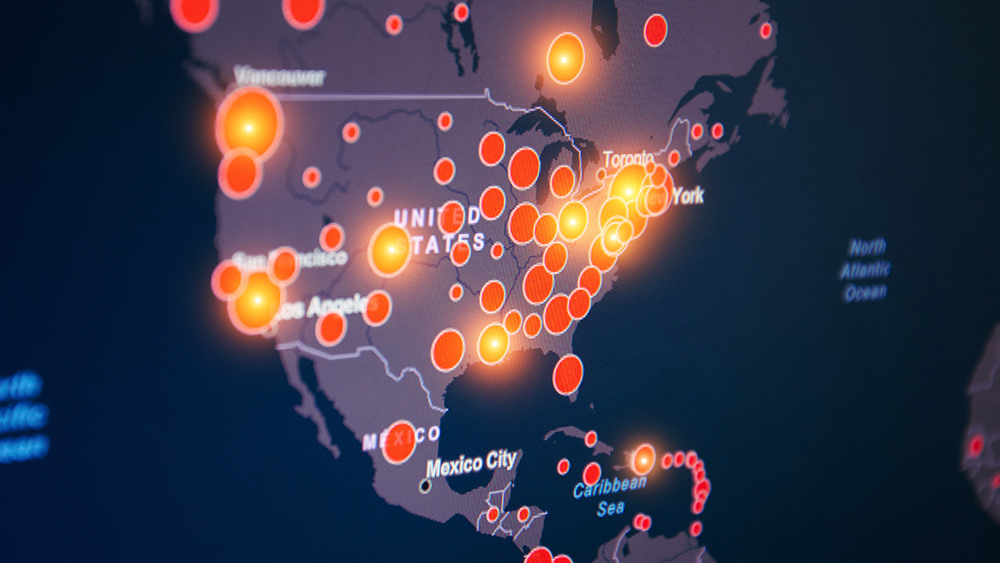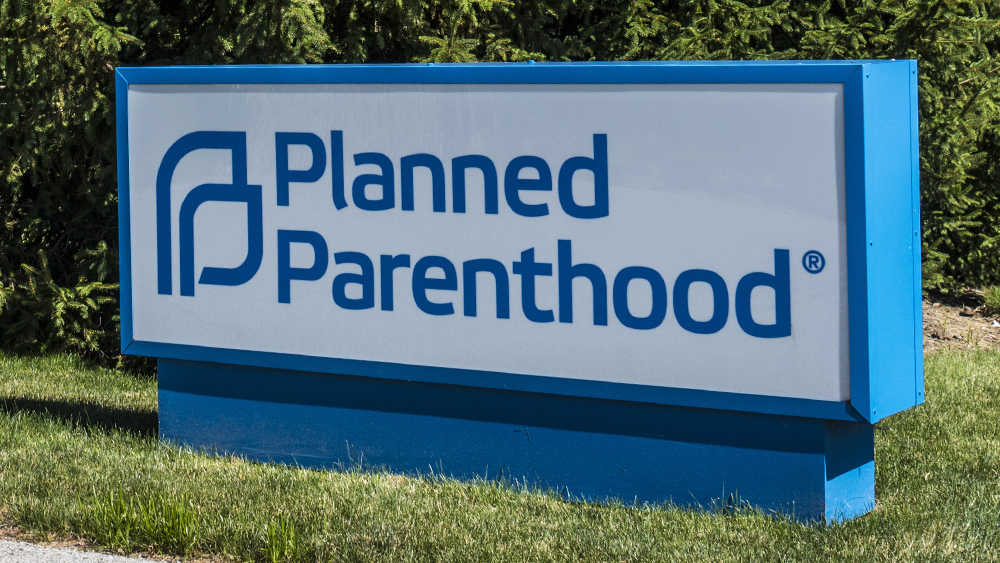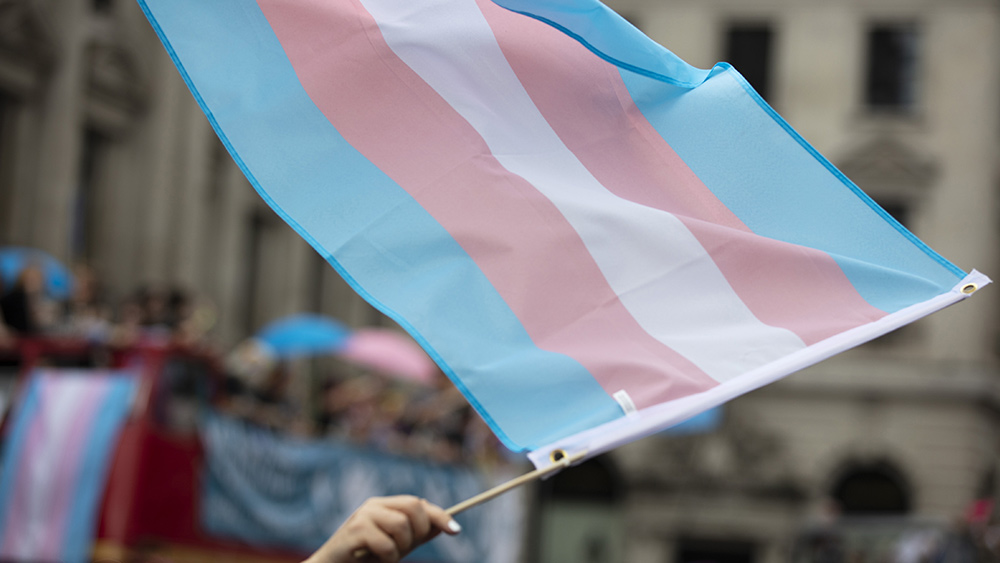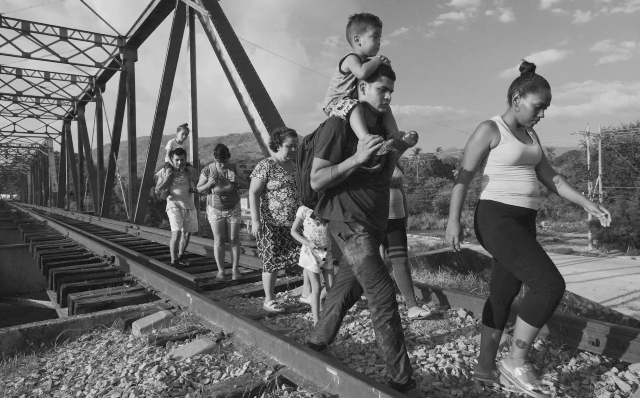
Researchers at Stanford University reported this finding in an article published in The Lancet last week, after analyzing blood samples from more than 28,000 dialysis patients, who represent an ideal sentinel population in which to study the evolution of the COVID-19 crisis.
“Patients receiving dialysis have monthly blood draws, without fail and without bias, and are a population with increased representation of racial and ethnic minorities,” explained the researchers, who believe that repeated cross-sectional analyses of seroprevalence within this population can be a practical and unbiased surveillance strategy in the United States for the comprehensive assessment of community spread.
The researchers conducted their cross-sectional study in collaboration with Ascend Clinical Laboratory, a central lab located in California that receives samples from approximately 1,300 dialysis facilities across the country.
Blacks, Hispanics and densely populated communities have high infection risk
Seroprevalence refers to the number of individuals who test positive for a certain element in their blood, such as antibodies for a specific pathogen, in a given population. According to the researchers, measuring the seroprevalence of antibodies for SARS-CoV-2 – the virus responsible for the ongoing pandemic – will provide researchers and public health authorities reliable information about COVID-19 exposure and spread.
To help officials plan for future healthcare needs, the Centers for Disease Control and Prevention is now working with various partners to conduct seroprevalence surveys. The agency says its priority is to learn about the total number of infected individuals in the country, including those who might have been missed. The agency sees this type of survey as an efficient tool that could also provide an estimate of how much of the population remains uninfected.
Community seroprevalence surveys, however, face a lot of challenges and limitations, the most glaring of which is the lack of details on race and ethnicity and other community-level risk factors. To circumvent these challenges, the researchers chose 28,503 dialysis patients to be the sentinel population and analyzed their blood samples using an assay with high sensitivity and specificity.
The researchers noted that many dialysis patients in the U.S. have the same socio-economic characteristics as underserved communities. Dialysis patients also undergo monthly lab testing to assess the effects of their treatment. These factors make them the perfect representative population for a practical, unbiased and repeatable assessment of the seroprevalence of SARS-CoV-2.
As part of their study, the researchers also analyzed data from a sample population of COVID-19 patients that matched the dialysis population in terms of age, sex, race and ethnicity distribution. Both populations had a high proportion of older adults, males and people living in Black and Hispanic neighborhoods.
The researchers found that residents of the said neighborhoods had higher odds of being seropositive than residents of predominantly non-Hispanic white neighborhoods. Those living in densely populated neighborhoods also had higher odds of getting seropositive results than those living in less-crowded neighborhoods. A seropositive result is clear evidence of coronavirus infection.
Public health efforts to curb coronavirus spread must continue
Similar to the pattern seen in other highly affected countries like Spain and China, the researchers found that fewer than 10 percent of American adults had formed antibodies for SARS-CoV-2 as of July. This was despite the high mortality rates reported in the United States. The researchers also found that fewer than 10 percent of infected Americans were actually diagnosed with COVID-19.
Among the dialysis patients, 6.3 percent of Hispanic patients and 9.3 percent of Black patients had antibodies for SARS-CoV-2. Meanwhile, only 3.4 percent of the White dialysis patients had developed antibodies, meaning their risk of infection was lower. Additionally, the researchers found a significant regional variation: Among the dialysis patients, 27 percent who were from the northeastern part of the U.S. were estimated to have antibodies, while only 4.4 percent from the south and 3.5 percent in the west showed evidence of seroconversion.
“Public health efforts to curb the spread of the virus need to continue,” concluded the researchers, emphasizing a focus on some of the highest-risk communities they have identified, such as predominantly Black and Hispanic neighborhoods, poor neighborhoods and densely populated metropolitan areas. (Related: Vitamin D deficiency increases risk of coronavirus infection.)
“People who are disadvantaged, people who are living in more dense areas, are at higher risk, and we still need to continue preventative efforts and potentially tailor them to those communities in particular,” said Shuchi Anand, the lead author of the study and the director of the Center for Tubulointerstitial Kidney Disease at Stanford University.
To effectively limit the spread of the virus, the researchers propose using a surveillance strategy that relies on routine testing of the remainder plasma from dialysis patients. They believe that monthly testing in this sentinel population can produce unbiased estimates of the coronavirus spread that includes disadvantaged communities in the United States.
Pandemic.news has more on the ongoing coronavirus pandemic.
Sources include:
Please contact us for more information.























